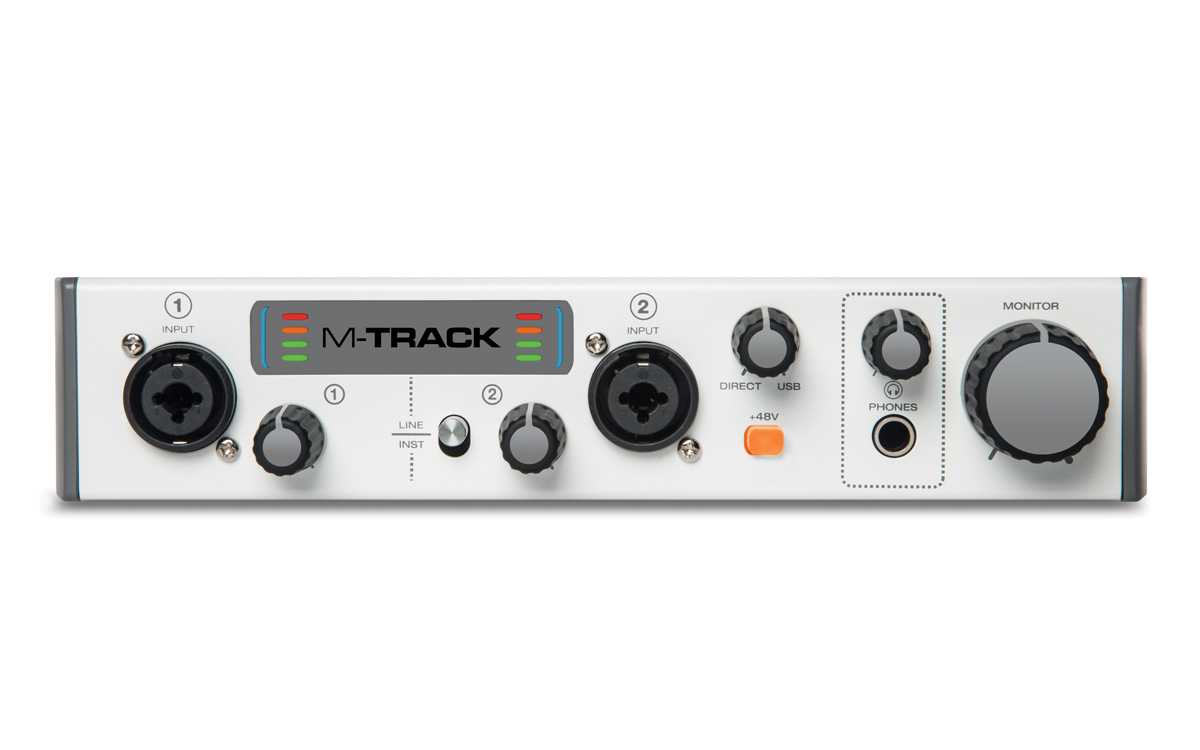

I did this tutorial w/ latest VS2019.Īnd, finally, you should install the UnrealVS plugin for Visual Studio. I also recommend doing this all in VS2019. Unfortunately, in the game space, Windows/PC dominates game development! This particular point is sometimes an issue with Audio Plugin developers since Mac is a huge platform for Pro Audio. This is usually how we do our Mac versions of plugins we make that depend on Mac 3rd party libraries.

It should be nearly the same except how you make your static library (you use XCode vs Visual Studio) and some different configurations in our build system. I’ve not personally made an Unreal Plugin from scratch on Mac, but of course it’s possible.

I highly recommend to do the following on Windows. It’ll also serve well to get some feedback on what is confusing and what people would like more details on. Since there’s a lot of interest in making plugins right now ( after the buzz of our UE5 announcement earlier this year), I figured it wouldn’t hurt to publish a more informal pre-doc more quickly on our forums. I hope this is a working draft I can flesh out and make more official in the coming month or so. This is currently an informal doc I made quickly and has not gone through the official docs channel. I’ve had some informal docs floating around to help people get started, but decided to put together an audio-focused quick-start tutorial on making Unreal plugins, linking a static library (your propriety code!), and writing a DSP effect and synthesizer in Unreal Engine. So don’t have a ton of resources to steep themselves in all the Unreal-isms of making plugins. Often they are not game developers and are small companies with limited resources. We work a lot with third-party companies who are interested in taking their existing audio plugins that are used in DAW scenarios (VST, etc) and turn them into UE plugins.


 0 kommentar(er)
0 kommentar(er)
